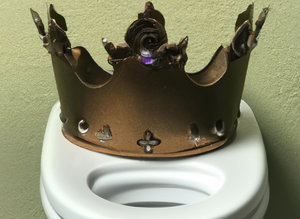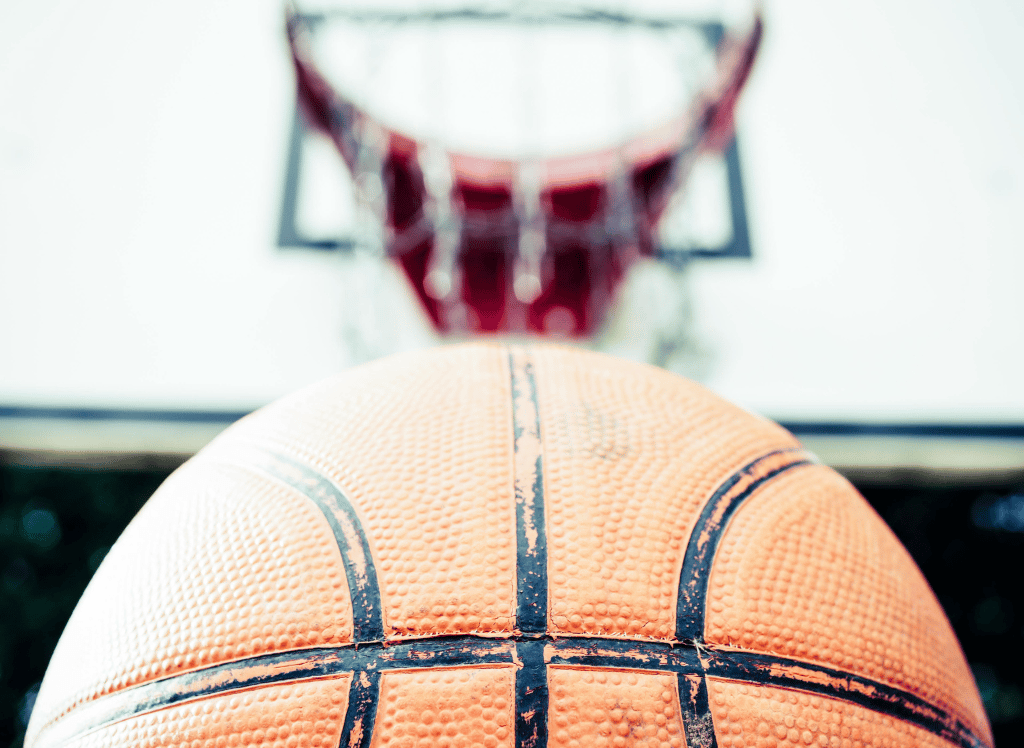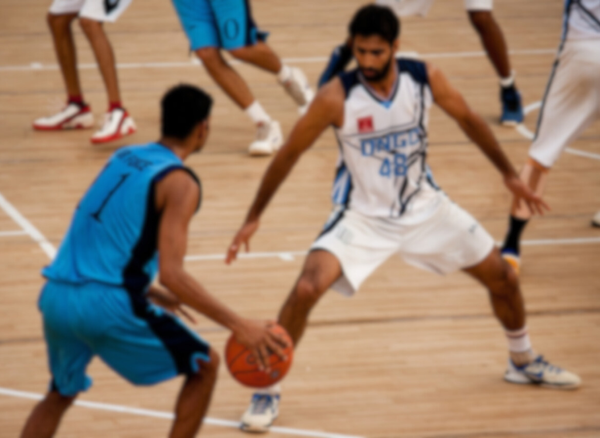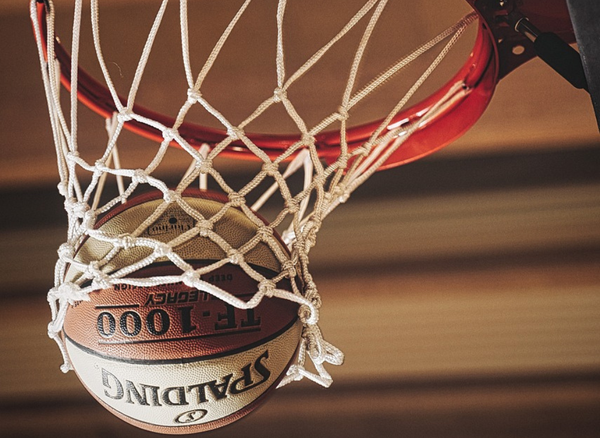Basketball is a high-intensity sport that requires agility, speed, and flexibility. To enhance performance and prevent injuries, incorporating a stretching routine is essential. This guide will walk you through the best basketball stretches to keep you agile on the court.
The Importance of Stretching in Basketball
Stretching is a critical component of basketball training. It prepares the body for the physical demands of the game, increases blood flow to the muscles, and raises body temperature.
Dynamic stretches are particularly beneficial before a game or practice, as they involve controlled movements that mimic the sport's specific motions. On the other hand, static stretches are best for a cool down routine, helping to relax the muscles post game and maintain flexibility.
Dynamic Stretches to Start Your Game Right
Before you take to the court, dynamic stretches ensure your muscles are ready for action. Begin with high knees, which help stretch the hips and increase heart rate. Stand with your feet shoulder width apart and lift one knee to your chest, then switch legs in a controlled, marching motion.
Another excellent dynamic stretch is the leg straight high kicks. Start in a standing position, kick one leg straight out while keeping the legs straight, and try to touch your toes with the opposite hand. Alternate legs and aim for a gentle stretch without forcing your range of motion.
Static Stretches for a Post-Game Wind Down
After the game, static stretches are crucial for a proper cool down routine. A popular choice is the quad stretch. Stand on one foot, gently pull the other leg's heel towards your glutes, and hold. Ensure your bent knee is pointing straight down and your hips are even. Switch legs after holding for about 30 seconds.
The calf stretch is another essential static stretching exercise. Place one foot in front of the other, bend the right leg, and lean forward while keeping the back left leg straight and the heel on the ground. You should feel a stretch in the calf of the straight left leg. Hold for 30 seconds and then switch legs.
Here's some other stretches for post-game:
Targeting the Lower Body
Basketball players rely heavily on their lower body, making stretches for these muscles vital. The hip flexors stretch are perfect for this. Take a step forward with one foot, bend your front leg, and keep the back leg straight. Lean forward from your hips, and you should feel a stretch in the front of your hip on the standing leg.
For the hamstrings, the standing leg stretch is effective. Place one foot slightly in front of you with the leg straight, and gently lean forward from the hips with a straight back. You should feel a gentle stretch along the back of your leg. After holding, switch to the other leg.
Upper Body Stretches for a Complete Routine
Don't neglect the upper body. Basketball involves a lot of arm movement, so stretches like the one arm chest stretch are beneficial. Stand with your arm parallel to the ground and press it gently against a wall or pole, turning your body away until you feel a stretch across your chest and shoulder. Repeat on the other side.
The shoulder-width arm stretch is also great for the upper body. Extend one arm across your body and use the other hand to press it closer, stretching the shoulder. Hold the stretch before switching to the opposite side.
Core Stretches for Stability and Power
A strong core is essential for stability on the court. The standing side bend is a simple yet effective stretch. Stand with your feet shoulder width apart, raise one arm overhead, and gently bend to the opposite side, feeling a stretch along your side. Return to the center and repeat on the other side.
Another core stretch is the seated twist. Sit on the ground with your legs straight, bend one knee and place the foot on the outside of the opposite thigh. Twist your torso towards the bent knee, using your arm for leverage. Hold the stretch and then switch sides.
Incorporating Stretches into Your Routine
Consistency is key when it comes to stretching. Incorporate these basketball stretches into your regular basketball training and strength training routines. Consult with a physical therapist to tailor stretches to your specific needs and ensure you're performing them correctly.
Remember to have a dynamic warm up before stretching to avoid injuries. Controlled movements and not pushing beyond your limits are crucial for an effective stretching routine.
Basketball Stretches FAQs
Please browse through our frequently asked questions section. We hope you can learn more and understand how to reduce the risk of the most common basketball injuries through stretching.
How often should basketball players stretch?
Basketball players should stretch before and after practices and games to maintain flexibility and reduce injury risk. Daily stretching can also be beneficial for overall athletic performance.
Can stretching really prevent injury?
Yes, stretching can help prevent injury by increasing flexibility, improving blood flow, and preparing the muscles for the demands of the game. It's an essential part of any athlete's routine.
Should I stretch if I'm already injured?
If you're injured, consult with a physical therapist or healthcare provider before stretching. They can provide guidance on safe stretches that won't aggravate your injury.
Summary
Basketball stretches are an indispensable part of a player's routine, crucial for enhancing performance and preventing injuries. By incorporating a mix of dynamic stretching and static stretching, targeting all the muscles, and maintaining consistency, players can ensure they're game-ready and their bodies are well-maintained. Remember to warm up before stretching, listen to your body, and consult professionals as needed.









